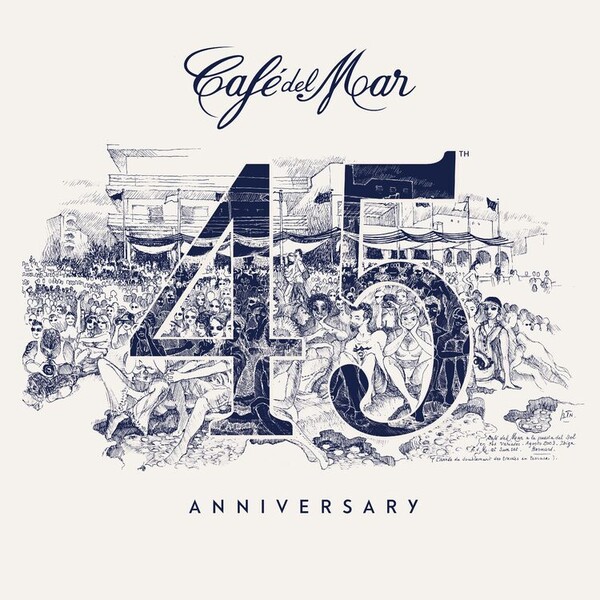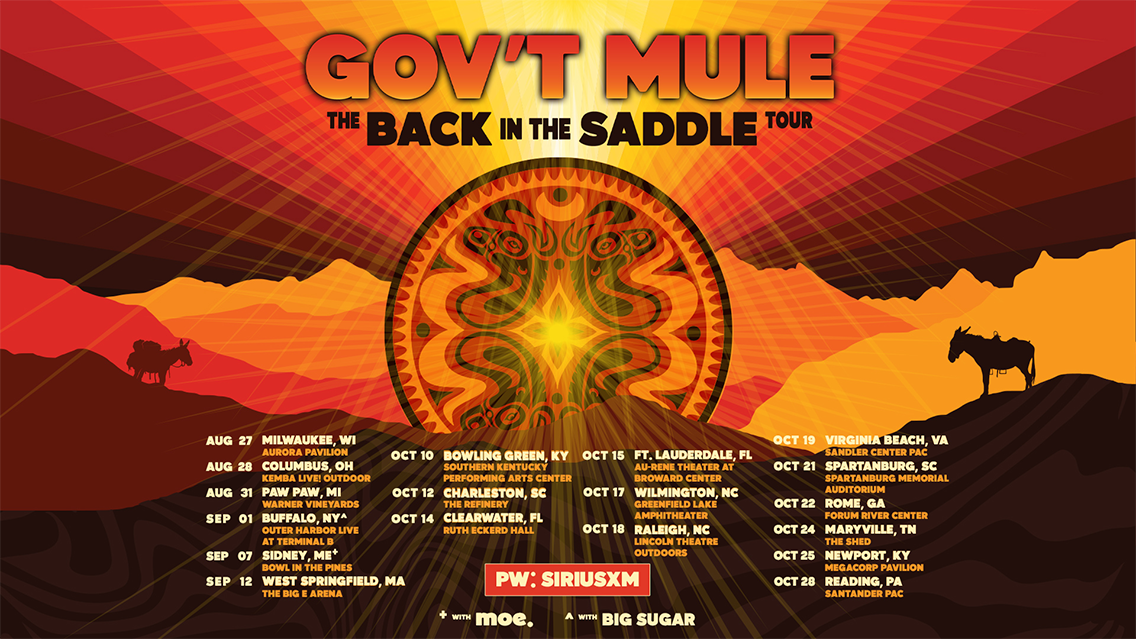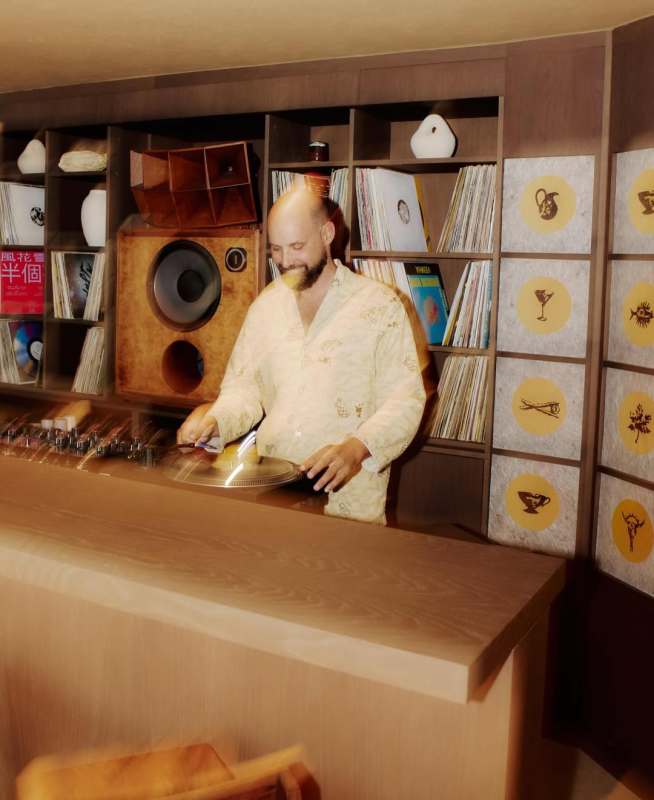Future Islands have teased progress on their next album, after coming out of the other side following heartbreak and huge life changes within the band. Watch our full interview with the band above or read it below.
Frontman Samuel T. Herring and bassist William Cashion of the US synth-rock legends caught up with NME backstage at Mad Cool festival in Madrid, just before their highly-charged set proved to be one of the highlights of the weekend.
- READ MORE: Future Islands – ‘People Who Aren’t There Anymore’ review: sedate rather than soul-stirring
Famed for their emotional performances and feral dance moves, Herring spoke of how they “tend to just play the bangers” with the attitude of “let’s just punch people in the face for 45 minutes” when it comes to festivals. The band caught the attention of the world after going on viral Letterman and Later… With Jools Holland back in 2014, before a packed summer with ‘Seasons (Waiting On You)’ and the album ‘Singles’ firmed their place at the indie top table.
However, not many knew that they already had 800 shows and several albums under their belts. Check out our full interview below, where Future Islands explained how and when they became the live beast they are today, overcoming the hard times of their latest album ‘People Who Aren’t There Anymore’, and discussed what’s next.
 Future Islands at Mad Cool 2025. Credit: Dara Chriss
Future Islands at Mad Cool 2025. Credit: Dara Chriss
NME: Hello, Future Islands. Given your journey, how and when did you morph into this live spectacle and out of body stage experience?
William Cashion: “I feel that we’ve always been very at home on the stage. The way Sam performs, he’s always had that kind of energy. The first time there was an audience in front of us, he really came alive in this way. We made a name for ourselves around North Carolina when we first started as being a good live band. We’ve always had that kind of energy. It’s definitely changed over the years.
“When our first album came out, we had a live drummer for our first year, but then he left the band and we had drum machines for six or seven years until Mike [Lowry] joined. The live drums elevated what we did, but we’ve always done our thing.”
Samuel T. Herring: “Those six and a half years where it was just me, William and Gerrit [Welmers], our keyboardist, we were just a three-piece touring around the world. We probably did about 700 shows, and trying to re-find the energy of the missing drummer was where a lot of the dynamic energy that I try to bring onto the stage came from. We came from a Europop background with our first band with drum machines. Then we had a drummer and we were a punk band all of a sudden, then we were back to the drum machines but it was, ‘How do we still bring that energy of punk, that feeling, that chaos?’ That really went into the performance.
“You only know by doing [it]. We always had that raw energy, and the live show is always what it was about since we were 19-year-old kids, but it was those 700 shows as a three-piece where we figured out what this was. We were really ready for the opportunity when presented with it.”
 Future Islands at Mad Cool 2025. Credit: Dara Chriss
Future Islands at Mad Cool 2025. Credit: Dara Chriss
Do you imagine being like The Rolling Stones and doing this into your 80s?
Herring: “I think about that all the time! I live down in New Orleans these days, and The Rolling Stones played at Jazz Fest the summer before last. It was like 110 degrees, like 45 Celsius, and [Mick Jagger] literally comes out in a leather suit and starts chicken dancing for an hour and a half. It takes a lot of energy to do those things, so I think it’s a testament to them. I’m still amazed by musicians that are doing this at advanced ages, even if that’s like 50 or 60. We’re only in our early 40s and we already feel that weight. It’s ultimate respect to the old dogs.”
How has it been living in the orbit of ‘People Who Aren’t There Anymore’
Cashion: “We’re really proud of the record and really proud of how it turned out. It was sort of a winding path making that record. Some of the songs were written before the pandemic, and then a lot during and right after. The making of the record felt really disjointed. At one point, I didn’t think the songs fit together. I remember saying to Sam, ‘I’m not sure if this is even an album’. We wrote ‘The Garden Wheel’, and that seemed to be the missing piece that held everything together in some way.
“We heard from the label that it’s been doing really well, and we’ve sold a good number of records. I’m stoked that people are giving it a chance.”
Herring: “Records have always been very difficult for us. The live experience is always where we’ve felt comfortable, and we’ve really tried hard to capture what we do. You can’t capture the live experience, but try to harness some of that energy into the compact form. I feel that we really tried hard on the record before, but on ‘People Who Aren’t There Anymore’ we tried to elevate that even more. It’s crazy to be like, ‘Putting out your best-sounding record took almost 20 years of recording’, but you’re just really proud and hope that you don’t mess up again and go backwards.
“We’ve definitely made advances in records and taken a step back. Then again, you hope that you figure it out and can move forward. The difficulties in it are that this album was really hard for me. It was really hard stories from my life. That honesty is both liberating and painful in its vulnerability. Do I have to be more vulnerable next time? Those things are scary. What’s the point of being an artist if you’re not going to be honest with yourself? Even if it’s painful, it’s that pain you hold that allows other people to release the pain that they’re sharing themselves. You have to bear down, as you begin writing – and we have begun writing – the next album.”
 Credit: Frank Hamilton
Credit: Frank Hamilton
How do you feel now, being on the other side of that world and the pain where the album came from?
Cashion: “‘People Who Aren’t There Anymore’ and this era of the band feels like a transitory moment for the band. I left Baltimore and had been there for 14 years to move to LA, Sam recently left Baltimore; we both went through massive break-ups, and I’ve also fallen in love since then. It’s like a whole new life beginning for the band and us individually. There have been huge shifts – for other guys in the band, too. Life happens.
“I’m excited to see what comes next. We’ve been working on new material and it sounds really strong and promising. I’m really excited to see what we do with it.”
Herring: “There have been so many transitions – just us personally going through big separations and now back with new partners and finding peace in those relationships. It is just cycles of life. You think you’re going through a hard time and then you find yourself in another place, and then maybe you’re going through a hard time again! That’s how it goes. You keep rolling and keep writing. Trying to capture those moments is what the band is really about.”
What does the new stuff sound and feel like?
Cashion: “Some of the stuff reminds me of our first album – the more frenetic, almost punk energy to some of the stuff. We also have some stuff that doesn’t sound like anything we’ve done before.”
Herring: “There’s a song that I think is going to be on every car commercial in the world – it’s that good! I could be wrong.”
‘People Who Aren’t There Anymore’ is out now. Future Islands have one more show scheduled at Osheaga Festival in Montreal on August 2.
NME is the official media partner of Mad Cool 2025.



















 English (US) ·
English (US) ·